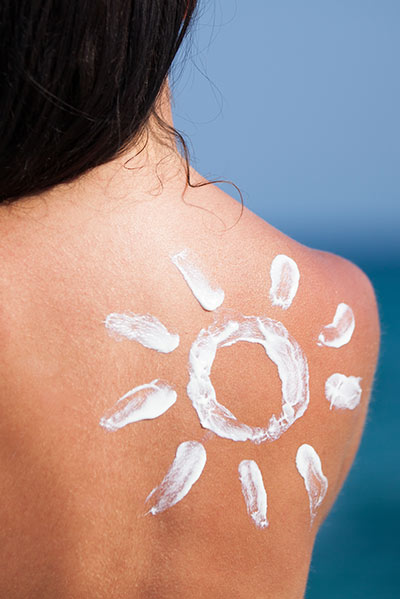Skin Cancers

There are many different types of skin cancer, melanoma being the deadliest. GraceMed dermatologists specialize in diagnosing and treating all kinds of skin cancer.
Types and Signs of Skin Cancer
Skin cancer is the uncontrolled growth of cells within the skin. The damage of these cells is caused by genetics or triggered by events such as an injury or frequent exposure to ultraviolet radiation. The type of skin cancer is determined by the type and location of the affected cells. There are three notable types of Skin Cancer:
Basal Cell Carcinoma (BCC)
This skin cancer is the most common type, and often occurs on the head, neck and arms but can also appear anywhere on the body. Basal cell carcinoma is usually caused from frequent exposure to ultraviolet (UV) radiation from the sun or indoor tanning. When treated early, this type of skin cancer is curable.
Basal cell carcinoma can appear in many different forms including shiny bumps, slightly raised scars, pink or flesh coloured growths, red patches, or open sores.
Squamous Cell Carcinoma (SCC)
Similar to basal cell carcinoma, squamous cell carcinoma occurs when cells are damaged from injury or exposure to ultraviolet radiation. It is also possible for squamous cell carcinoma to develop in areas that receive little or no sunlight. Before developing this skin cancer, an individual may find signs of sun damage such as deep wrinkles, discoloration, or age spots. Early treatment can prevent damage to nerves, blood vessels and anything else that lies beneath the skin.
Squamous cell carcinoma often appears as: rough, red scaly patches of skin, open sores, brown spots (often similar to the appearance of age spots), firm or wart-like growths, a growth that looks like an animal’s horn, or a sore developing in the place of a previous scar.
Melanoma
Though less common, melanoma is the most serious and aggressive form of skin cancer, and if left untreated, it is able to spread to other organs of the body. Melanoma is commonly caused by over-exposure to ultraviolet radiation and can occur anywhere on the body. If treated early, melanoma is curable, however, once it spreads deeper into the skin or to other organs, it can become deadly.
Melanoma can begin in an existing mole or as a new lesion. It may appear as a flat or slightly elevated, discoloured or pigmented, asymmetrical patch. The first five letters of the alphabet may be used as a guide to aid in remembering the warning signs of Melanoma:
A: Asymmetrically shaped
B: Borders are irregular
C: Coloration varies
D: Diameter is greater than the size of a pencil eraser
E: Evolves rapidly and can cause skin elevation
Skin Cancer Prevention
Damage from Ultraviolet radiation is the leading cause of skin cancer. Exposure to these harmful rays can be reduced by:
- Staying in the shade when possible
- Wearing protective clothing such as long-sleeved shirts, pants, sunglasses, and hats
- Using a broad spectrum, water-resistant sunscreen (SPF 30 or higher) and reapply often
- Using caution near water, snow, and sand, as these substances reflect the rays of the sun
- Avoiding the use of tanning beds
Skin Cancer Treatment
GraceMed dermatologists specialize in diagnosing and treating all kinds of skin cancer.

Discover a more confident you
If you’re ready to look and feel your best, we’re ready to help. Book your personalized consultation today.
Find A Solution
